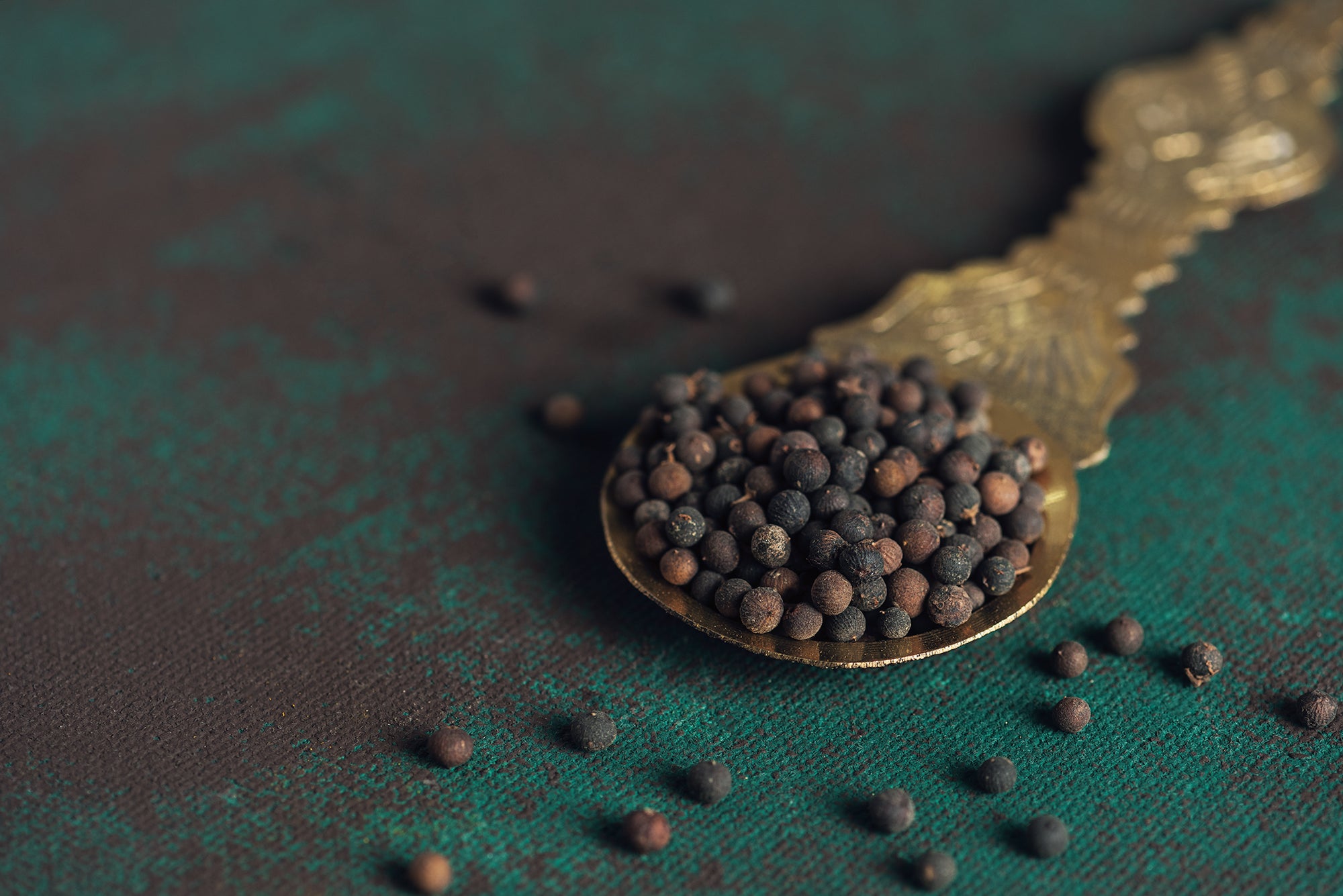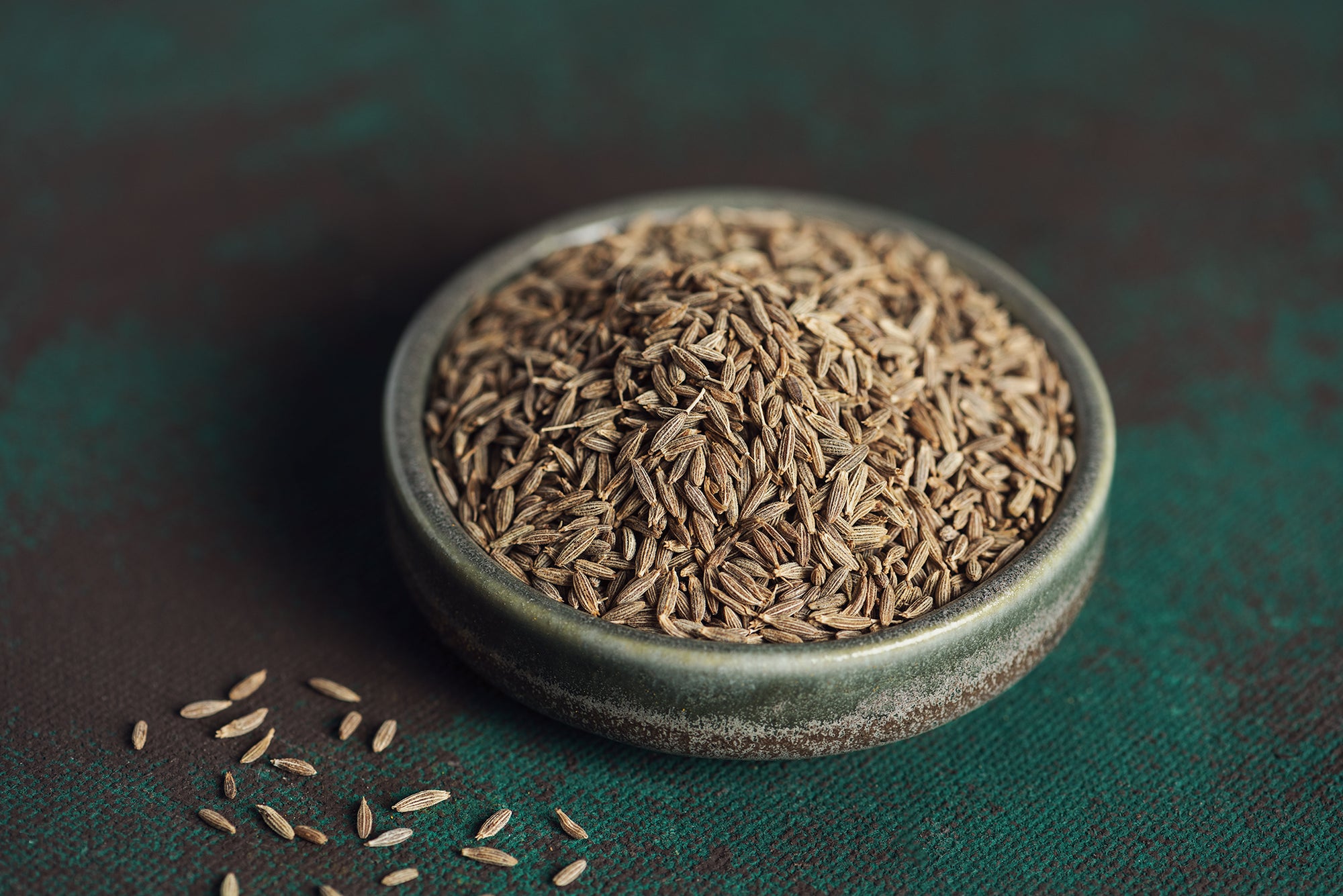Also known as Saunth or Chukku, dried ginger is basically fresh ginger that has been dried. This dried root is usually ground into a fine slightly brownish powder that is packed with a strong aroma and a pungent flavor.
Ground ginger can withstand high cooking temperature without any change in the flavor. Easy to store, dried ginger powder has a shelf life of about a year.
Native to South East Asia, ginger is currently cultivated in Africa, Australia and Jamaica.
Growing And Processing Dried Ginger
India is one of the top producers of ginger; it’s cultivated mostly in Karnataka, Orissa, Assam, Arunachal Pradesh, Meghalaya and Gujarat.
Ginger needs a warm and humid climate. It thrives best in well-drained loam soils rich in humus. Since it’s an exhausting soil its not advised to grow ginger in the same soil year after year.
While planting the rhizome with the purpose of drying, the fiber content, volatile oil content and non-volatile ether extract are the important quality parameters to be kept in mind. The size too is a very important factor to consider, big ginger roots have high moisture content and they may not dry easily.
For dried ginger, the rhizomes are harvested after the leaves turn yellow and start drying, which is about 8 months after planting. The harvested rhizomes are first cleaned manually to remove the dried roots and soil then broken into sufficiently large sized rhizomes. After cleaning, these rhizomes are peeled gently to avoid damage to the oil-bearing cells that are present just below the outer skin. These rhizomes are again washed before drying under the sun till they get a brown wrinkled surface and a dark brown inner
The Zing Factor
The unique flavor of ginger comes from its primary bioactive compound called Gingerol. Drying creates a whole new compound called Shogaols that enhances its flavor profile.
Thanks to its punchy gingery flavordried ginger is used in many baked goods, like gingerbread and cookies.
Since dried ginger is extremely pungent it is very useful to keep the body healthy during cold weathers. It is used to clear away congestion, improve sluggish digestion and improve metabolism.
Dried ginger also helps balance blood sugar levels, regulate cholesterol levels, calm nausea and PMS cramps too.
Dried ginger that has been powdered has a shelf life of close to one year.
Dried Ginger And Ayurveda
Ayurveda treats dried and fresh ginger as individual components; they even have unique names.
Dried ginger is also one of the three ingredients in the popular digestive formula Trikatu. A warming spice with a pungent taste, it helps pacify Vata and Kapha and increases Pitta.
Dry ginger is commonly used in many Ayurvedic formulations particularly for digestion, joint pains and respiratory ailments.
We have used Dried Ginger in:
Quick Facts
| Name: | Dry Ginger |
| Scientific Name: | Zingerber Officinale |
| Cultivated in: | India |
| Other names: | Saunth |
| Habitat | Warm and Humid |
| Soil | Well drained loamy soils |
| Plant Size | 2 to 3 feet |
| Aroma | Sharp, Penetrating aroma |
| Plant parts used | Rhizome |
| Major Nutrients | Carbohydrate Dietary Fiber Protein Sodium Iron Vitamin C Potassium Vitamin B6 Magnesium Phosporous ZInc Folic acid Niacin Riboflavin |
Known As In
| Hindi | Saunth |
| Marathi | Suntha |
| Gujrati | Soonth |
| Telugu | Sonti |
| Malayalam | Chukku |
| Bengali | Sonth |
| Tamil | Sukku |
| Kannada | Shunti |
Ayurvedic Facts
| Sanskrit Name: | Sunthi |
| Taste: | Pungent, Spicy |
| Energitics: | Warming |
| Effect on Doshas: | Pacify Vata and Kapha, aggtevates Pitta |
| Used for Treating: | Respiratory Ailments, Digestive Issues, Congestion, Nausea, PMA Cramps |





.png?v=1668878203)



